Advanced Bronchoscopy Equipment Guide 2024
Dec 23, 2023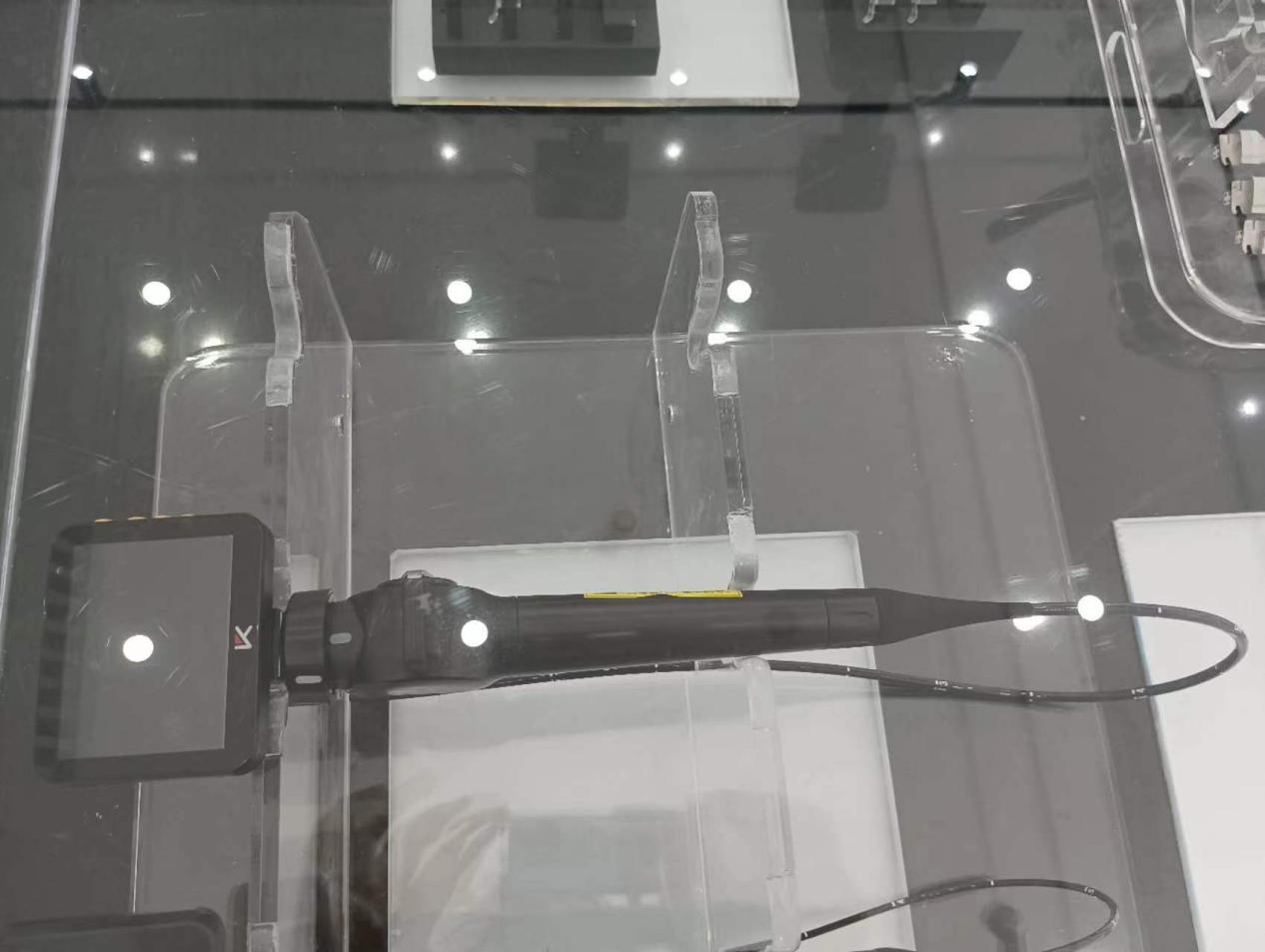
If you’re a medical professional, you know that having advanced bronchoscopy equipment is crucial for providing accurate and efficient care to your patients. As technology continues to advance, so do the tools and devices used in bronchoscopy procedures. In this guide, we’ll explore the latest advancements in bronchoscopy equipment and how they can benefit both healthcare professionals and patients.
Key Takeaways
- Bronchoscopy equipment is constantly evolving with the latest technological advancements.
- The latest bronchoscope designs incorporate features like high-definition imaging and enhanced visualization technologies.
- Innovative tools and accessories, such as biopsy forceps and navigational systems, aid in performing bronchoscopy procedures accurately and efficiently.
- Advanced imaging technologies like electromagnetic navigation and virtual bronchoscopy play a crucial role in improving diagnostic accuracy during bronchoscopy.
- Ensuring proper infection control and sterilization practices is crucial when using bronchoscopy equipment.
Understanding Bronchoscopy
Bronchoscopy is a medical procedure that allows healthcare professionals to view and diagnose lung conditions. The procedure involves inserting a bronchoscope, a thin tube with a light and camera attached, through the patient’s mouth or nose and into the lungs. The camera on the bronchoscope provides a real-time view of the lungs, allowing physicians to identify abnormalities such as tumors, infections, or inflammation.
The primary tools used in bronchoscopy include bronchoscopes, biopsy forceps, brushes, and various suctioning and sampling devices. Bronchoscopes come in different sizes and types, such as flexible and rigid, and allow access to different areas of the lungs. Biopsy forceps and brushes aid in collecting tissue and cell samples for analysis. Suctioning and sampling devices assist in removing secretions and fluids from the lungs and airways.
Overall, bronchoscopy is a valuable tool for diagnosing and treating lung conditions. As technology continues to advance, so too will the tools and equipment used in bronchoscopy, allowing medical professionals to better diagnose and treat their patients.
Key Components of Bronchoscopy Equipment
Bronchoscopy is a complex procedure that requires several essential components to ensure its success. These components are necessary for examining the airways and extracting samples for diagnostic and therapeutic purposes. The following are the key components required for performing bronchoscopy:
Bronchoscopes:
Bronchoscopes are flexible or rigid instruments used to examine the airways. They are available in various diameters and lengths, and the choice of bronchoscope depends on the patient’s condition and the site of examination.
Light Sources:
Light sources are used to illuminate the airways, improving visibility and facilitating examination. They are available in different types, including halogen, xenon, and LED light sources. The choice of light source depends on the type of bronchoscope used.
Video Processors:
Video processors are used to power the bronchoscope’s video camera, enabling real-time visualization and image capture. They are compatible with various types of bronchoscopes and are an essential component in diagnostic and therapeutic interventions.
Bronchoscopy Supplies:
Bronchoscopy supplies include various accessories, such as biopsy forceps, brushes, needles, and other tools required for performing different procedures. They are often disposable, ensuring proper infection control practices are adhered to.
In conclusion, each component of bronchoscopy equipment is essential and must work together to facilitate this procedure successfully. By using high-quality equipment, medical professionals can ensure accurate diagnosis, effective treatment, and improved patient outcomes.
Advancements in Bronchoscope Design
As medical technology continues to advance, so do the design and features of bronchoscopes. Modern bronchoscope instruments and supplies boast high-definition imaging, improved maneuverability, and enhanced visualization technologies that have transformed the way bronchoscopy procedures are performed.
The latest advancements in bronchoscope design have led to the development of instruments that offer superior image quality with higher resolution. This improves the accuracy of diagnostic and interventional procedures, making it easier for physicians to navigate and observe the respiratory tract.
Furthermore, modern bronchoscopes are designed to be more maneuverable, allowing physicians to reach areas of the lungs that were previously difficult or impossible to access. This results in more complete and accurate diagnoses and treatments.
Another significant advance in bronchoscope design is the incorporation of enhanced visualization technologies. These features include narrow-band imaging, autofluorescence endoscopy, and confocal laser endomicroscopy, which all improve the quality and detail of images during bronchoscopy procedures.
Overall, these improvements in bronchoscope design have contributed to safer, more accurate and effective diagnostics and treatments. Medical professionals can benefit from exploring these advanced bronchoscopy tools and supplies, enabling them to provide better care for their patients.
Innovative Bronchoscopy Tools and Accessories
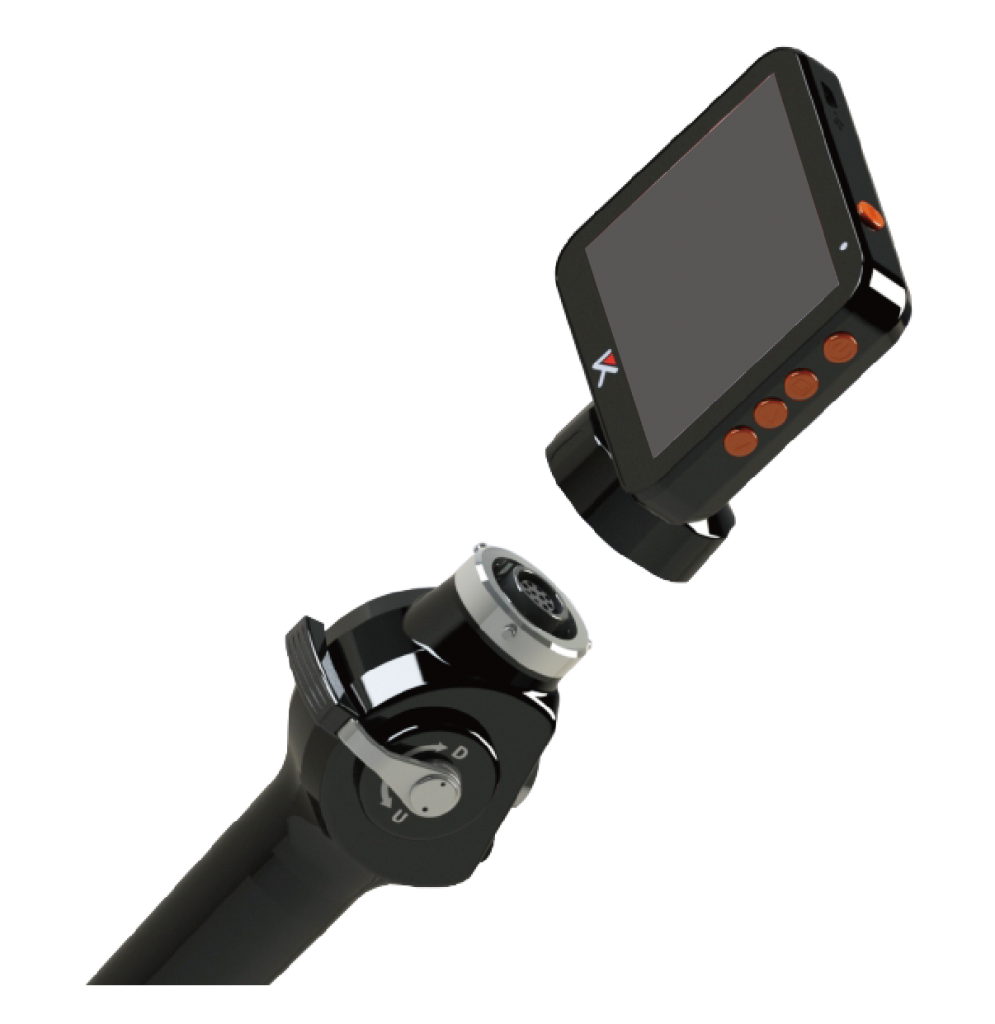
Performing a bronchoscopy requires a wide array of equipment and supplies, including innovative tools that aid in the procedure. From biopsy forceps to navigational systems, bronchoscopy tools and supplies can significantly enhance diagnostic accuracy and patient outcomes.
Biopsy forceps
Biopsy forceps come in various sizes and shapes, depending on the area being studied. They allow physicians to obtain tissue samples for microscopic examination, aiding in the diagnosis of lung diseases such as lung cancer and infections. Some biopsy forceps have cups or claws that can grasp tissue for better accuracy, and others have needles that allow for fine-needle aspiration (FNA) of small masses or lymph nodes.
Brushes
Brushes are used to collect cells for cytology analysis and to retrieve foreign bodies such as food particles or capsules. They come in various lengths and shapes, such as conical or spiral, to fit different airway sizes. Brushes can be passed through the bronchoscope’s working channel and used to collect samples from the walls of the airways for better diagnostic accuracy.
Navigational systems
Navigational bronchoscopy systems use advanced imaging technologies, such as CT or electromagnetic navigation, to guide the bronchoscope to the target lesion. These systems can improve diagnostic accuracy, reduce procedure time, and offer access to previously inaccessible areas of the lungs.
Sampling devices
Sampling devices are used to obtain cellular or bacterial samples for microbiology analysis. They can be used to identify the presence of tuberculosis or other infections in the lungs. Some sampling devices, such as endobronchial ultrasound (EBUS) and superDimension, allow physicians to identify and sample lymph nodes to diagnose lung cancer or other lymph node diseases.
Innovative bronchoscopy tools and accessories play a crucial role in improving the accuracy and efficiency of bronchoscopy procedures. Researching and investing in the latest bronchoscopy tools and supplies can ultimately benefit patients and contribute to the overall improvement of healthcare outcomes.
Advanced Imaging Technologies in Bronchoscopy
Bronchoscopy has become an essential diagnostic tool in pulmonary medicine. Advanced imaging technologies serve as valuable aids in diagnosing respiratory illnesses, improving patient outcomes.
Electromagnetic Navigation
Electromagnetic Navigation facilitates real-time bronchoscopy procedures, improving the accuracy of biopsies and guiding navigation through complicated anatomy. This technology enables the creation of 3D virtual airway models that aid in navigating the bronchoscope through challenging regions within the lungs.
Virtual Bronchoscopy
Virtual bronchoscopy uses CT scan images to produce detailed 3D models of the respiratory system. This innovation provides clinicians with a precise map of the airways and lung structures, improving diagnostic accuracy.
Confocal Laser Endomicroscopy
This imaging modality provides high-resolution images of the airway walls to the clinicians, allowing instant detection of any abnormality or tissue characteristic. Confocal Laser Endomicroscopy is a non-invasive imaging technique that eliminates the need for any biopsy of lung tissue that obstructs the airways.
The continued proliferation of bronchoscopy devices and instruments makes it critical for healthcare professionals to remain up-to-date with the latest technology trends. Advanced imaging technologies, along with other innovations, have dramatically improved the accuracy of diagnoses and patient outcomes, positioning bronchoscopy as an indispensable diagnostic and treatment tool.
Enhancements in Endobronchial Ultrasound (EBUS)
Endobronchial ultrasound (EBUS) is a minimally invasive technique that has significantly improved the accuracy of bronchoscopy procedures. It allows real-time imaging of the lungs and nearby structures, providing healthcare professionals with clear and detailed images.
The technology used in EBUS has advanced significantly in recent years, leading to the development of radial and linear probes, which offer better imaging resolution and more precise navigation. Radial probes have a 360-degree field of view and can provide detailed images of the bronchi and surrounding tissues, while linear probes offer high-frequency imaging of the peribronchial structures.
EBUS has several clinical applications, including the biopsy of suspicious lesions, staging of lung cancer, and the facilitation of transbronchial needle aspiration (TBNA). TBNA is an essential diagnostic tool that enables healthcare professionals to obtain tissue samples from lymph nodes and other structures that are difficult to reach through conventional bronchoscopy.
EBUS is an integral part of bronchoscopy equipment, and its advancements have transformed the way bronchoscopy procedures are performed. With continued research and development in EBUS technology, healthcare professionals can expect even more significant advancements in the future.
Integration of Robotics in Bronchoscopy
The integration of robotics in bronchoscopy has led to significant advances in precision and control. By enabling precise movements, robotics has improved the accuracy of bronchoscopy procedures and helped healthcare professionals detect and diagnose lung diseases more effectively.
The use of robotic bronchoscopes has also reduced the risk of complications during procedures, as it allows medical professionals to access hard-to-reach areas of the lung with less invasive methods. Robotics has also helped to reduce patient discomfort and improved patient outcomes by allowing for quicker recovery times after procedures.
The bronchoscope instruments used in robotic bronchoscopy are more advanced and sophisticated than traditional instruments. They are designed to work in tandem with robotics, ensuring smooth and precise movement during procedures.
Overall, the integration of robotics in bronchoscopy holds immense potential for the future of lung disease diagnosis and treatment. As technology continues to advance, we can expect to see even more significant improvements in the accuracy and effectiveness of bronchoscopy procedures, ultimately leading to better outcomes for patients.
Infection Control and Sterilization Practices
Proper infection control and sterilization practices are critical when using bronchoscopy equipment. The reusable nature of bronchoscopy supplies and equipment poses a risk for potential cross-contamination. Therefore, it is essential to follow recommended protocols to minimize the risk of infection and maintain a safe environment for both patients and medical professionals.
The cleaning and sterilization of bronchoscopy equipment should be performed according to the manufacturer’s instructions to ensure maximum efficacy. Disposable supplies, such as biopsy forceps and brushes, should be discarded after single-use to prevent the spread of infectious agents.
Healthcare facilities should establish an infection control program that includes policies and procedures for the proper handling, cleaning, disinfecting, and sterilization of bronchoscopy equipment. Medical professionals should also receive training on the proper use of personal protective equipment (PPE), such as gloves, gowns, and masks, when performing bronchoscopy procedures.
Regular disinfection and sterilization of bronchoscopy instruments and equipment, along with adherence to infection control protocols, can significantly reduce the risk of transmission of infectious agents between patients and medical personnel.
Conclusion
In conclusion, it is essential to stay up-to-date on the latest advancements in bronchoscopy equipment to enhance the accuracy and efficiency of procedures and ultimately benefit patient outcomes. From the primary tools, such as bronchoscopes and light sources, to innovative accessories like navigational systems and sampling devices, this guide has outlined the latest technologies available in the field.
Furthermore, the integration of advanced imaging technologies like virtual bronchoscopy and confocal laser endomicroscopy, as well as the use of robotics, has enabled healthcare professionals to perform more precise and controlled procedures. However, it is crucial to follow recommended infection control and sterilization practices to minimize the risk of contamination.
By understanding the key components of bronchoscopy equipment and the advancements made in recent years, medical professionals and healthcare facilities can make informed decisions when considering investing in new equipment. Ultimately, these advancements can lead to improved healthcare outcomes and a better quality of life for patients.
Categories
Latest Articles
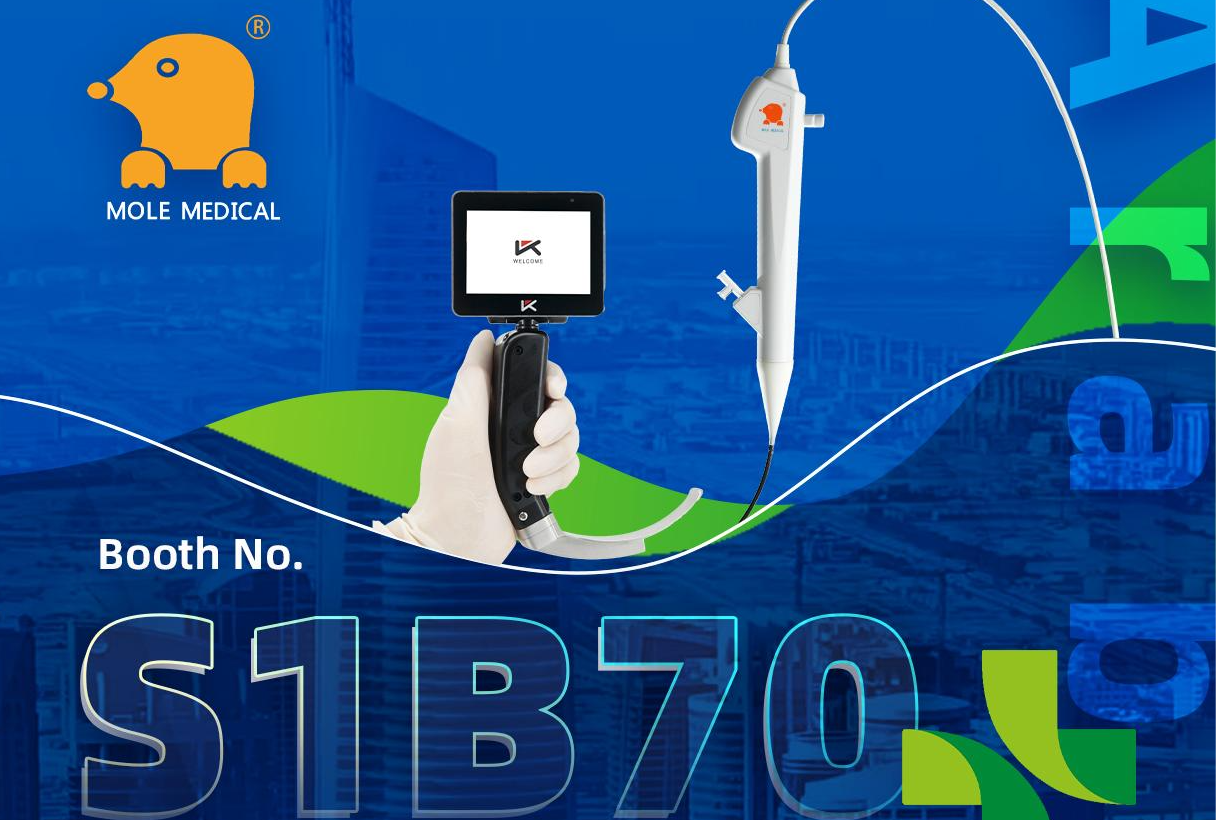
Mole Medical – Focus on Medical Endoscopes, invite you to meet at Arab Health 2025
In the era of the booming development of global Medical technology, Mole Medical has always adhered to the original intention of innovation, and made intensive efforts in the field of medical endoscopes, constantly making technological breakthroughs and developing high-quality products. On this occasion, we cordially invite you to attend the 50th Dubai International Medical Device Exhibition (Arab Health 2025). Exhibition time: January 27, 2025 ~ January 30, 2025, booth number: S1B70.

YS-IL anesthesia video laryngoscope: A new chapter of airway management in Qinzhou First People’s Hospital empowered by Jiangsu Mole Medicine
In the current wave of rapid development in the medical field, airway management has always been a key node in the process of surgical anesthesia and even the entire medical treatment. Recently, Jiangsu Mole Medical's YS-IL anesthesia video laryngoscope has been mass settled in Qinzhou First People's Hospital, opening a new page for local medical undertakings.
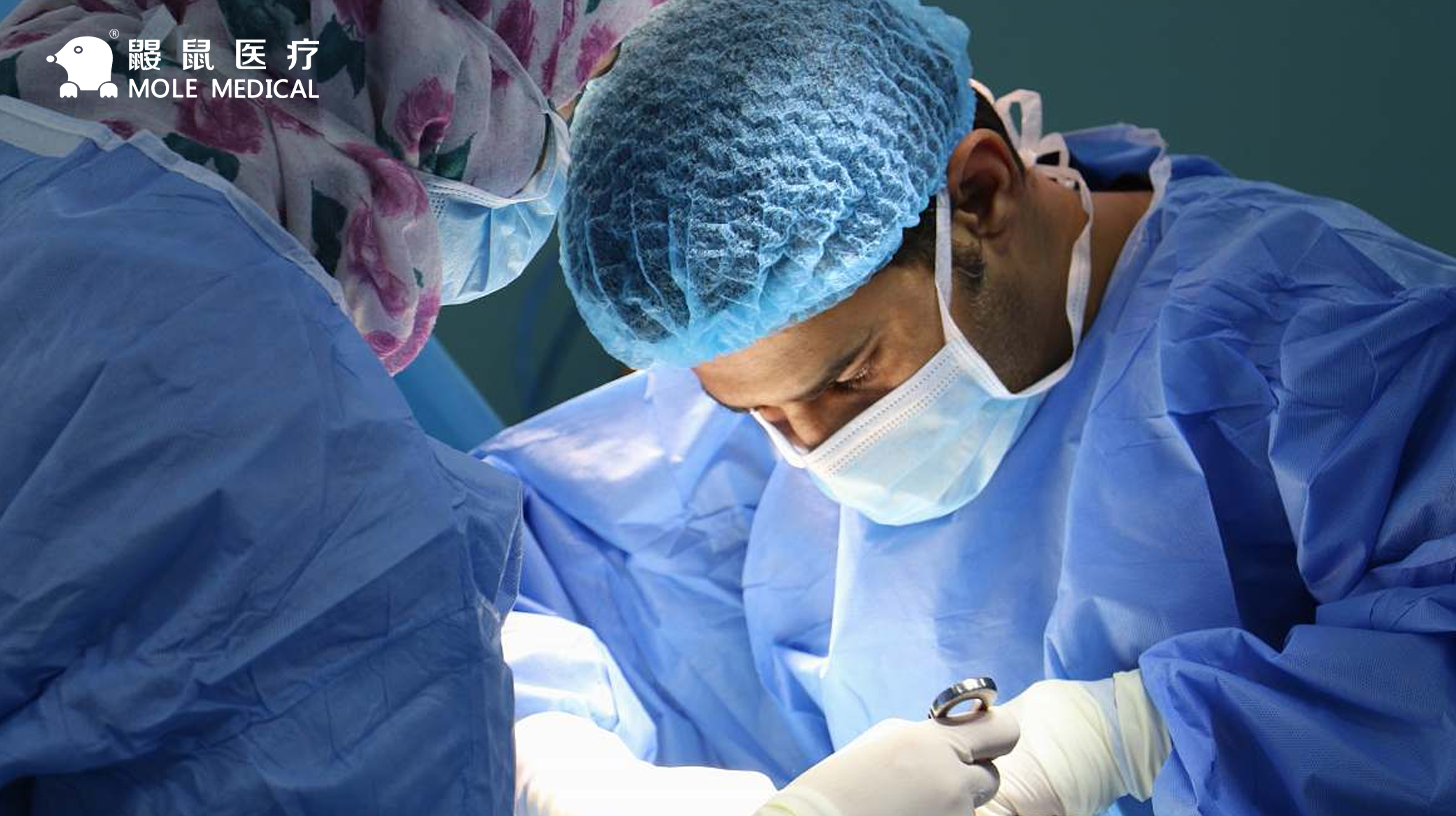
Disposable laryngoscope: Innovative design for Mole medicine empowers airway management
In the critical battleground of medical emergency and airway management, every subtle design improvement can be a critical turning point in saving lives. The disposable laryngoscope launched by Mole Medical, with its unique hollowed-out and bevelled design, provides a highly innovative solution to the complex and changeable problems of airway management, effectively ensuring the safety of patients.

Focusing on cutting-edge technology and jointly discussing the development of medical equipment — Xuzhou Bronchoscopy Symposium of Critical Care Medicine Department was successfully held
medical equipment, bronchoscope,Critical Care Medicine Department
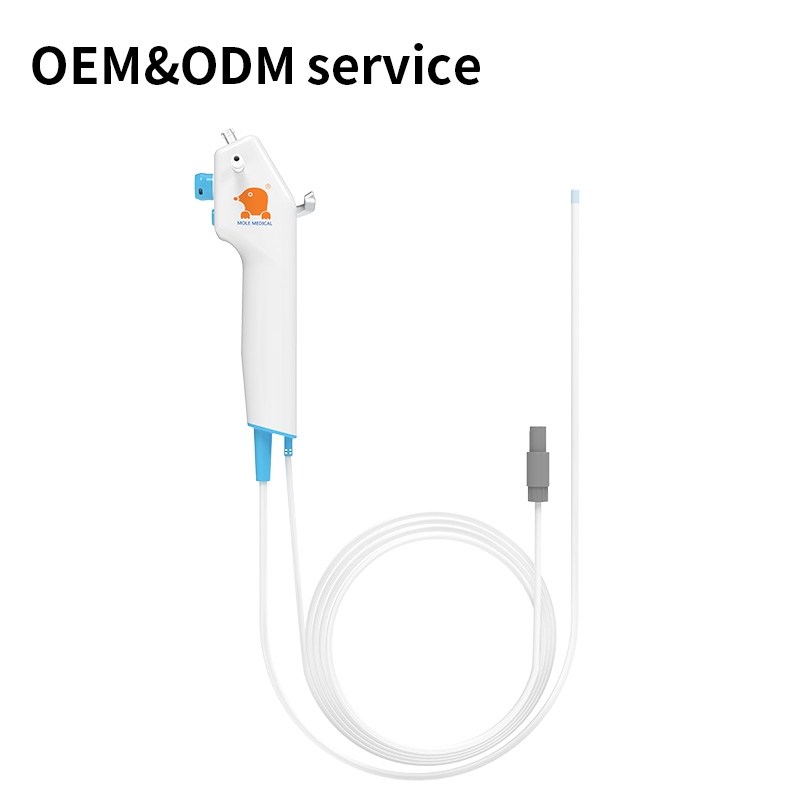
Best Disposable Bronchoscopes: Global Market Trends
The Shift Towards Disposable Solutions in Healthcare In the realm of modern healthcare, one of the most significant advancements in respiratory care has been the development of disposable bronchoscopes. These devices have revolutionized how medical professionals conduct bronchoscopies, a vital procedure for diagnosing and treating lung-related diseases. But what makes disposable bronchoscopes stand out in ... Read more



